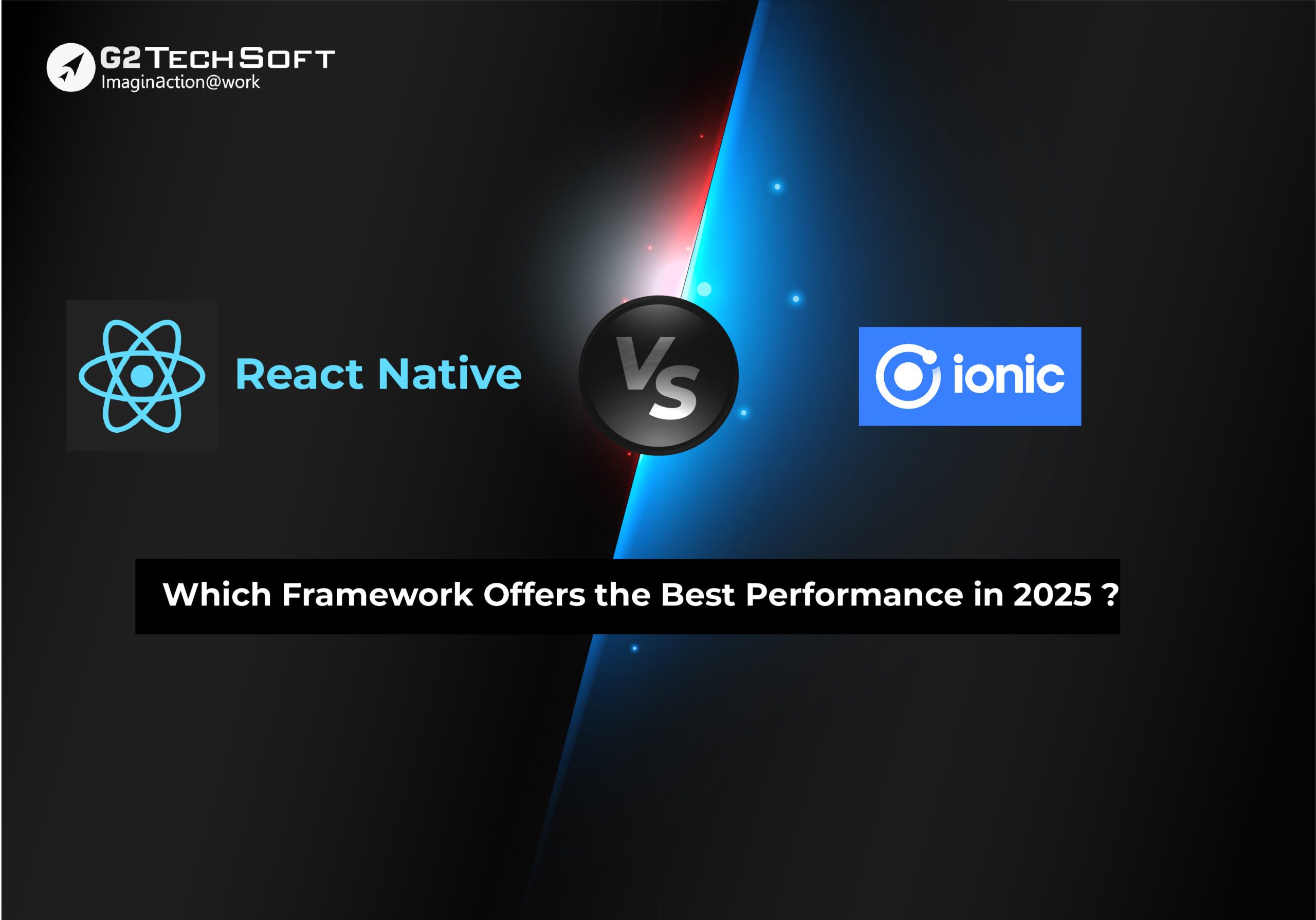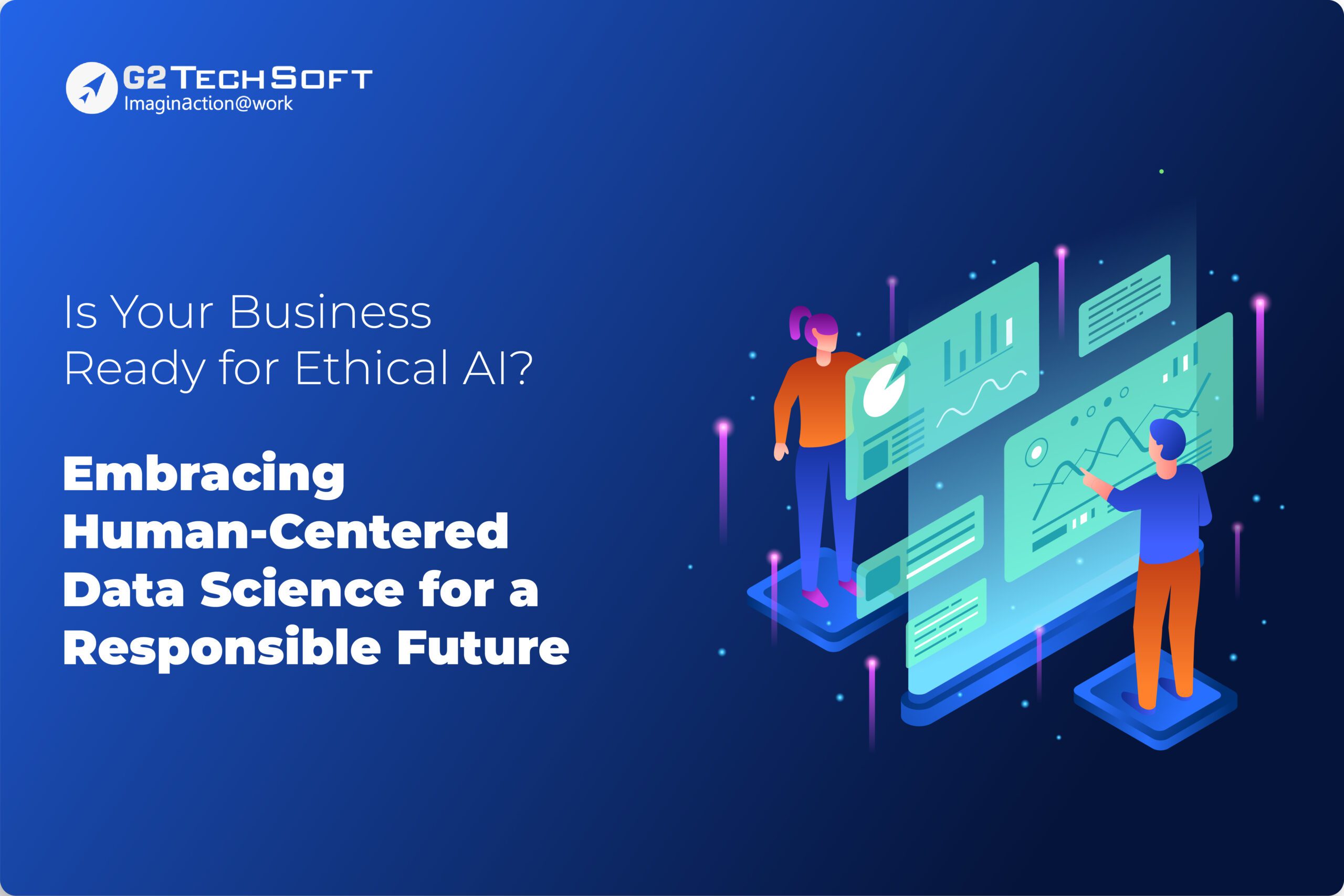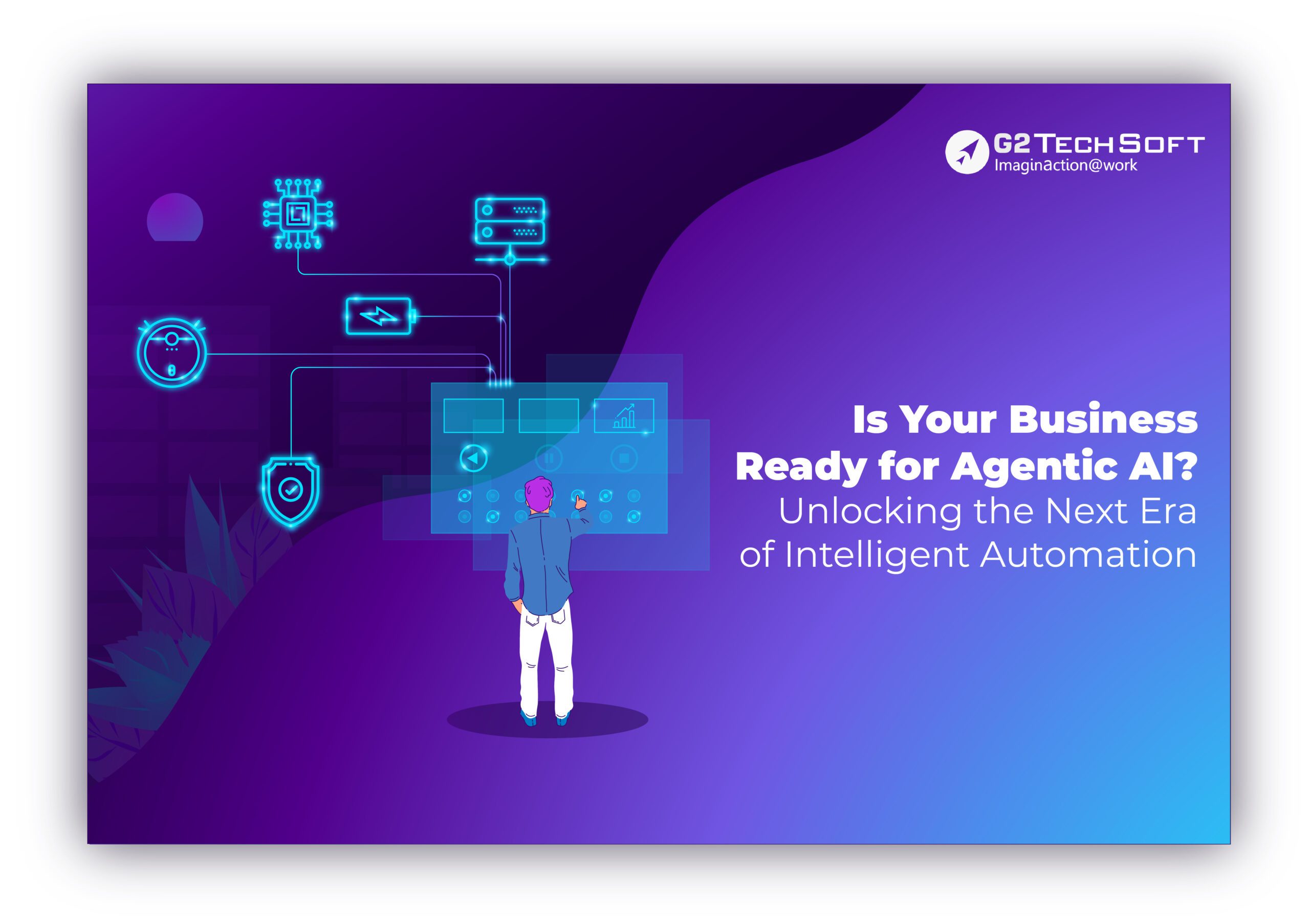
Elevating AI In Architecture: Unveiling The Top 10 Applications and Cutting-Edge Tech
AI applications, particularly in the realm of architecture, are poised to revolutionize industries by leveraging advanced algorithms to efficiently tackle complex tasks. The synergy between AI technologies and architectural design holds significant promise, addressing the delicate balance between artistic expression and the intricate calculations inherent in building design. Whether optimizing geometry, analyzing wind patterns, or predicting foot traffic, AI emerges as a valuable tool capable of autonomously generating solutions to design challenges with minimal human intervention.
As of 2023, the landscape of AI in architecture is characterized by ongoing research and experimentation. The intricate nature and substantial costs associated with architectural projects drive the exploration of AI’s potential. Nevertheless, noteworthy progress is underway, with both startups and major tech firms introducing commercial products that signify the evolution of AI within the architectural domain.
Looking ahead, collaborative efforts between AI developers and design professionals are anticipated to yield innovative solutions, ushering in a future where AI seamlessly enhances architectural workflows and design processes.
Top 10 AI Applications Reshaping The Future of Architecture:
AI is reshaping the landscape of architecture, revolutionizing processes, enhancing design capabilities, and optimizing construction. Explore the top 10 AI applications that are at the forefront of this transformative journey.
Generative Design For Optimal Solutions:
AI algorithms will generate numerous architectural options, optimizing structural integrity, energy efficiency, and materials for sustainable designs. This streamlined process enables architects to rapidly explore alternatives.
Building Performance Simulation:
AI models simulate building performance, optimize HVAC systems and lighting, and provide accurate cost estimates. NBBJ, a Seattle-based architecture firm, utilized AI-based simulations in designing the Amazon Spheres, maximizing natural light and energy efficiency for a harmonious workspace.
VR And AR Integration:
AR and VR technologies engage architects and clients in immersive design reviews, enhancing client visualization and aiding on-site construction with real-time data overlays. Zaha Hadid Architects employs AR and VR to immerse clients in designs like the Beijing Daxing International Airport, offering a virtual walkthrough before construction begins.
Building Information Modeling (BIM) Advancements:
AI-powered BIM systems ensure seamless integration of architectural, structural, and MEP data, reducing errors through clash detection. Gensler, a global design firm, utilized AI-powered BIM to successfully coordinate the design of the Shanghai Tower, the world’s second-tallest building.
Site Analysis And Selection With Data-Driven Decisions:
AI algorithms analyze environmental conditions, transportation accessibility, and land value to assist architects in data-driven site selection. Toronto’s waterfront community, Quayside, exemplifies AI’s role in urban planning, prioritizing sustainability and livability.
Natural Language Processing Enhancing Communication:
NLP algorithms extract critical information from design briefs, automate architectural documentation, and facilitate knowledge sharing. NBBJ employs NLP-based chatbots to streamline design documentation and enhance internal communication.
3D Printing And Robotics For Rapid Prototyping:
AI-controlled 3D printers rapidly produce architectural prototypes, and robots with AI algorithms automate construction tasks. The Dutch firm MX3D showcases the potential of AI-controlled 3D printing robots in constructing a steel pedestrian bridge in Amsterdam, emphasizing the efficiency of creating complex architectural structures.
Historic Building Restoration With AI Analysis:
AI analyzes historic building materials, assesses structural damage, and aids in the virtual reconstruction of missing architectural elements. The restoration of the Notre Dame Cathedral in Paris leveraged AI to preserve its rich heritage.
Noise And Environmental Analysis For Sustainable Designs:
AI assesses noise levels within buildings, analyzes urban noise pollution patterns, and evaluates environmental factors for sustainable designs. The King’s Cross development in London utilized AI to create a noise-conscious and sustainable urban space.
Real-time Construction Monitoring Ensuring Project Success:
AI-based sensors and cameras monitor construction progress, detect defects in real-time, and enhance construction site safety. Construction giant Skanska employs AI-powered monitoring to improve progress tracking, quality control, and safety on projects worldwide.
Navigating The Architectural Evolution Before The AI Revolution:
The architecture industry, in the absence of AI applications, grappled with manual processes and conventional methods that demanded considerable time and resources. Let’s delve into the historical landscape of architecture, examining the challenges before the integration of AI technologies.
Manual Drafting And Design:
Architects, before the AI era, were meticulous artisans relying on pens, pencils, and rulers for manual drafting on paper. The architectural draftsman’s table was a haven where every line and angle required careful plotting.
Limited Visualization:
Before AI, creating 3D visualizations of architectural designs was a laborious task, often relying on physical models or 2D drawings. Clients faced challenges in visualizing the final product, leading to misunderstandings and frequent revisions.
Tedious Calculations:
Architects and engineers performed intricate calculations manually, covering every aspect of a building’s construction, from structural stability to material quantities. This manual process consumed time and posed the risk of errors.
Limited Collaboration:
Collaboration among architects, engineers, and construction teams relied on physical meetings and paper-based documentation, hindering efficient information exchange and real-time decision-making.
Lengthy Approval Processes:
Obtaining approvals and permits from regulatory authorities was a cumbersome process involving piles of paperwork, causing delays in project timelines.
A Deep Dive Into The Evolution And Impact Of AI In Architecture:
AI is transforming the landscape of architecture, offering innovative solutions and redefining the design process. Explore the latest AI technologies that are making a significant impact in the architecture industry.
Maket.ai: Conceptual Visualization Mastery
Maket.ai is a game-changer in translating visionary ideas into tangible designs. Leveraging AI, it creates stunning visualizations and 3D models, allowing architects and clients to explore spaces before construction begins. This fosters collaboration and facilitates well-informed decision-making throughout the design phase.
Arkdesign.ai: The AI Design Partner
Consider Arkdesign.ai as your AI design partner. This tool aids architects by generating design options based on specified parameters and preferences. With Arkdesign.ai, architects can efficiently explore multiple design iterations, saving time and enabling a more creative and iterative design exploration process.
ARCHITECTURES: Insightful Data-Driven Design
At the forefront of AI-driven design insights, ARCHITECTURES utilizes AI to analyze vast datasets. This process enables architects to identify trends, optimize designs for energy efficiency, and make informed decisions regarding building materials and layouts. The result is a data-informed and optimized approach to architectural design.
DALL-E 2: Imaginative Architectural Renderings
DALL-E 2, developed by OpenAI, takes architectural visualization to new heights. This AI model generates imaginative and stunning renderings based on textual descriptions. Architects can utilize DALL-E 2 to vividly convey their design ideas to clients and stakeholders, enhancing communication and understanding.
Midjourney: Pioneering Generative Design
Pioneering generative design, Midjourney utilizes AI to explore countless design permutations, identifying the most efficient and innovative solutions. Architects can harness Midjourney’s capabilities to optimize structures for cost, materials, and sustainability, pushing the boundaries of creative design.
Spacemaker: Optimal Space Utilization
Spacemaker stands out for its expertise in space utilization. Employing AI algorithms helps architects find the best use of available space while considering crucial factors such as sunlight, airflow, and user preferences. This tool is a game-changer in urban planning and real estate development.
Sidewalklabs.com: AI-Driven Urban Planning
An Alphabet subsidiary, Sidewalklabs.com, reimagines urban planning with the power of AI. This approach focuses on creating smarter, more sustainable cities by integrating technology and data analytics. From optimizing traffic flow to reducing energy consumption, this AI-driven platform is shaping the future of urban landscapes.
Key Takeaways:
In the evolving landscape of technology, the potentialities are limitless, heralding a future where architectural marvels are constrained only by the bounds of imagination.
Exploring the realm of AI applications in architecture involves delving into various facets such as AI architecture design, AI models, and AI technologies. From envisioning designs in immersive 3D to optimizing space utilization, these AI tools enhance architects’ capabilities, resulting in sustainable, efficient, and awe-inspiring structures.
The Incomparable Benefits Of Choosing G2 TechSoft’s AI-Driven Solutions:
The synergy of AI and architecture is evident in G2 TechSoft’s AI-driven solutions, where our team, comprised of skilled AI developers, acknowledges the profound impact of AI in architecture.
To stay at the forefront of architectural innovation in 2024, consider our AI development company. G2 TechSoft firm will offer top-notch AI solutions, ensuring that your projects benefit from the latest AI trends and cutting-edge technologies.
If you seek to incorporate AI into architecture design, our experienced AI developers are ready to tailor innovative solutions to meet your specific needs. Elevate your architectural endeavors by partnering with G2 TechSoft and embracing the transformative power of AI in shaping the structures of tomorrow.




